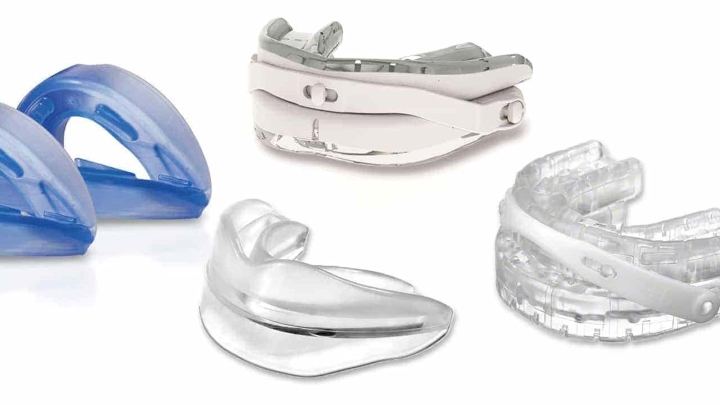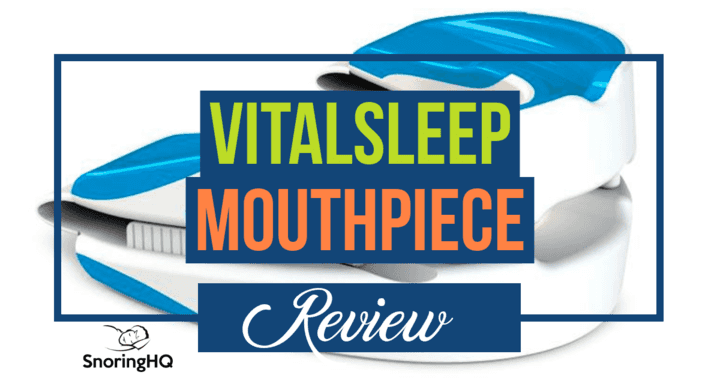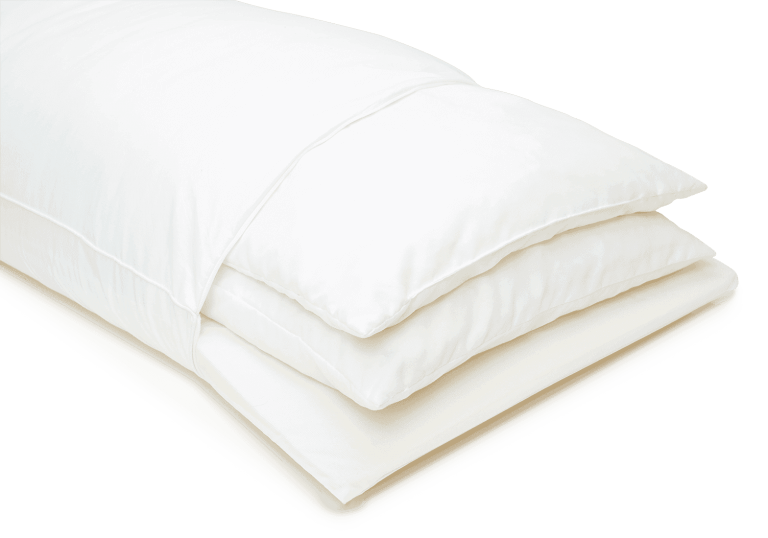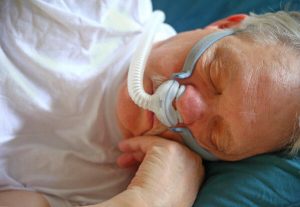Mandibular Advancement Devices (MAD) vs. Tongue-Retaining Devices (TRD)
We all sleep to relax. Nothing revolutionary about that concept, of course.
What happens, though, is that the muscles in your throat relax too, and their resting position can often block the path from your mouth/nose down to your lungs.
Mouthpieces were designed to address this problem. There are two primary styles of anti-snoring mouthpieces on the market today.
We will discuss the differences here. I’ll also tell you which style is my personal preference and why.
Mandibular Advancement Devices (MAD)
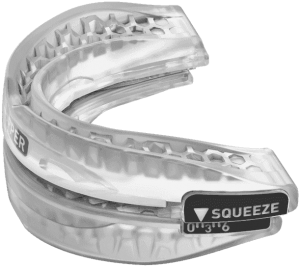 One type fits over your teeth and slides your lower mandible (jawline) a bit forward. It helps open your breathing airway more and that’s enough to prevent most snoring.
One type fits over your teeth and slides your lower mandible (jawline) a bit forward. It helps open your breathing airway more and that’s enough to prevent most snoring.
Because it repositions the jaw, we call it a mandibular adjustment device or MAD. These are usually made out of a rubbery plastic that flexes, and many of them can be adjusted in small increments so that your jaw only stays forward enough to unblock the airway.
Are Mandibular Advancement Devices Comfortable?
I have significant snoring problems, so my answer to this is always the same. It’s not as comfortable as having nothing in your mouth, but it feels far better than trying to sleep all wrapped up in a CPAP unit’s tubes and wires and straps.
My wife likes to also remind me that it’s less hassle than a divorced. You might find that humorous but I’ve listened to recordings of my snoring and I’m a lucky man that she stayed beside me until I finally found the help I needed!
When you first receive an MAD, it’s not adjusted for your use. The process of fitting it to your mouth is known as “boil and bite” and takes about 5 minutes.
Essentially you drop your new mouthpiece into a pot of boiling hot water for a short time and then safely pull it out. After it cools just a bit, you pop it in your mouth and bite down firmly while the plastic molds itself around the exact shape of your teeth and gums.
Usually the fitting process goes off without a hitch. But all the reputable devices can be re-fitted at least a couple more times if you find the need.
Sleeping in a Mandibular Advancement Device
The odds are that your first night with a new MAD will be a little unpleasant. But it’s not really the fault of the mouthpiece – there’s just a short break-in period necessary to fine-tune the amount of adjustment and then let your muscles adapt to resting in a new position.
Here are a few of the things I’ve noticed at first:
- some drooling
- some jaw soreness in the morning
- some throat muscle soreness in the morning
Believe me though, the adjustment process is very short. And, in my experience, I sleep so much more deeply even that first night that waking up with a bit of initial soreness is a tiny sacrifice.
And if you are one of the rare individuals who can’t adjust to a mouthpiece, they are almost all backed up by guarantees that will let you return the device easily.
Let’s talk a bit about the other mouthpiece style.
Tongue-Retaining Devices (TRD)
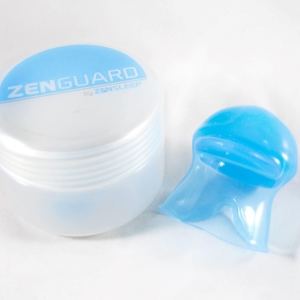 You might also hear these called tongue-stabilization devices. The idea is to clear that airway we talked about earlier by preventing the tongue from resting back in the rear of your mouth.
You might also hear these called tongue-stabilization devices. The idea is to clear that airway we talked about earlier by preventing the tongue from resting back in the rear of your mouth.
To do that, a TRD uses a hollow bubble on the front that you pinch as you push your tongue into it. The rest of the plastic device sits against the front of your teeth and natural suction holds your tongue in a stable position while your mouth is closed.
NOTE: When I first heard of this method, I thought it sounded horrible. It turned out to be the most comfortable snoring mouthpiece I ever used!
There’s no setup process with your TRD. Simply slide it past your lips and slip your tongue into the bubble. Couldn’t be easier.
You might find it irritating for the first night or two. After all, the tongue is soft tissue and it needs a bit of time to adapt to the new positioning.
After your tongue adjusts, the mouthpiece is incredibly comfortable. I’ve tested several and each was made out of a soft, smooth medical grade material.
In general, that material is long-lasting and you will clean it in seconds with just running tap water.
The science behind TRD devices is rock-solid and we have thousands of readers who swear by them. From our research at least 80% of users report success at ending their snoring issues.
And for people with dentures, missing or loose teeth, crowns, caps, and bridgework these TRDs are a gift from heaven. But there are some difficulties that you should know about in advance.
Here are the significant pros and cons of tongue-retaining devices:
Pros
- stops snoring
- comfortable
- simple to wear
- inexpensive
- long-lasting
- easy to clean
- perfect for those with dentures or extensive dental issues
Cons
- blocks mouth breathing
[testimonial_view id=”1″ post_ids=”14791″]
Can Mouth Breathers Use Anti-Snoring Mouthpieces?
If you breathe through your mouth (and I do), you will want to buy an anti-snoring device with a front opening to allow the air in and out. By design, tongue-retaining devices do not have this capability.
You can, however, find really effective mandibular adjustment devices that have a breathing hole built in to the front. My personal favorite, the SnoreRx Plus mouthpiece, is as close to the perfect solution as I have ever found.
Summary: Which Anti-Snoring Mouthpiece Style is Better?
After years of evaluating the options for people who want to stop snoring, my answer to this question has to be “it depends” on you. Let me tell you why, though.
Like we just pointed out above, mouth breathing is pretty common among snorers, and TRDs block the free flow of air through the mouth. But some people with weak crowns, fillings or dentures may damage their teeth with a snug MAD.
I was never able to get comfortable with my tongue stuck in a TRD, for example. But I can rest perfectly night after night with my SnoreRx holding my jaw just 2 millimeters forward.
That being said, folks with extensive dental work will be over the moon to see how safe and easy a TRD like Good Morning Snore Solution is. It’s good to have options, right?
One great thing about mouthpieces is that the money back guarantees give you a lot of protection while you sample a few different solutions. Believe me, when you find that one device that leads to perfect sleep, you won’t believe the difference you’ll feel.
And if you share a bed with a partner, odds are that they will be doubly thrilled to get their rest back too!
Here’s a quick list of my favorite mouthpieces. You can also follow the links there to see full-blown, hands on reviews that our medical team has written to help you make a great choice.


